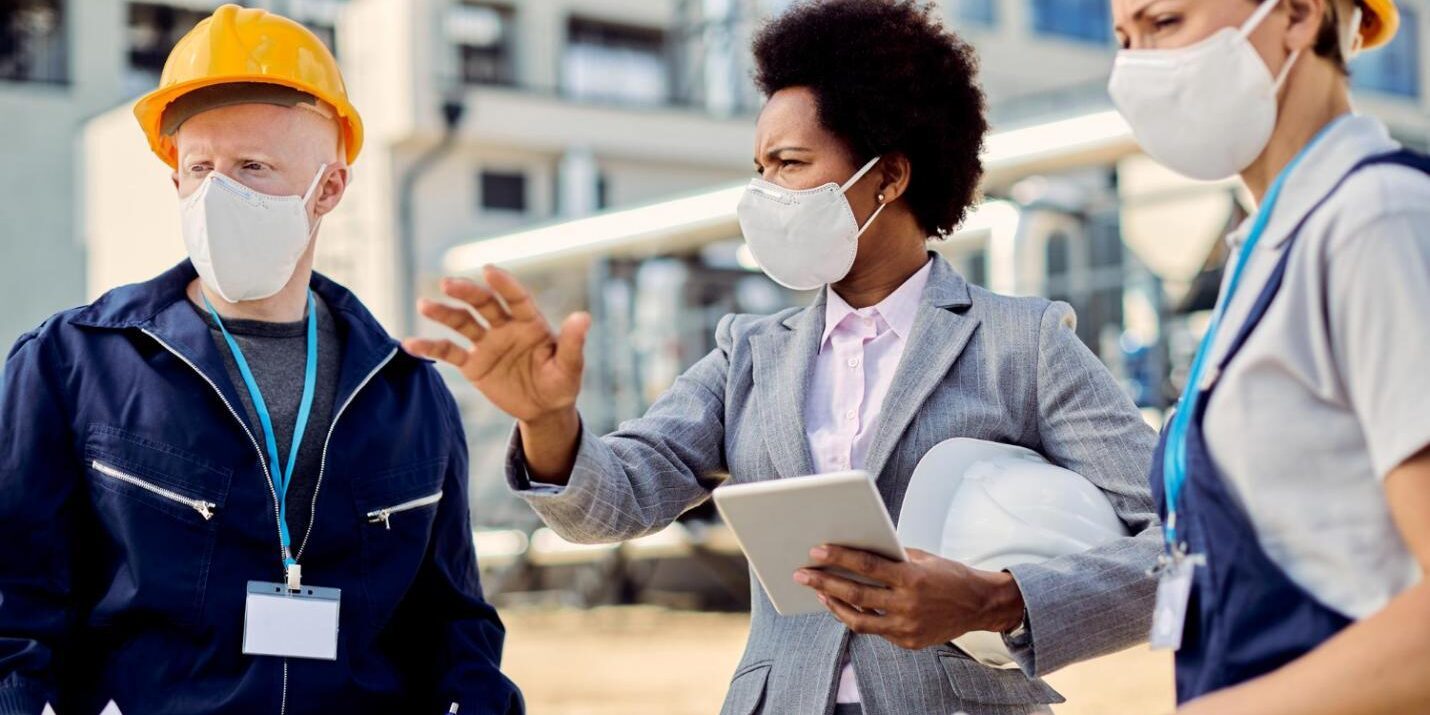A Necessity of Construction Management at Construction Sites
In Australia, the construction industry had significant expansion both before and after the pandemic. And, in order to compensate for the loss of construction industries during the outbreak, several new projects are planned for the next upcoming months. However, Australia has experienced a significant increase in registered cars, and the risk of accidents is high, putting many lives at risk.
This is why, it is extremely essential that a proper traffic management plan is laid out in order to avoid extreme chaos for all the workers, vehicle drivers and pedestrians. The plan must first and foremost include proper traffic management training in Melbourne, before starting out the construction.
Reasons Why Traffic Management is Important for Construction Sites
A construction site is a busy location. On a daily basis, several machines are employed to carry out numerous activities. As a result, it is critical to implement traffic management measures on building sites in Queensland or any other state in Australia.
The following considerations highlight the significance of traffic management around building sites:
Accident Risk Reduction
The majority of traffic incidents on construction sites have been seen to occur at intersections where cars and pedestrians collide. Because the site’s entry and departure points, road crossings, and pedestrian walkways are all high-risk sites, having skilled traffic control experts present at these spots can help decrease accidents.
The most secure travel is one that is never taken. As a result, a complete risk assessment should be part of your Traffic Management Plan in order to avoid needless processes. For example, how many times do huge trucks, machinery, or equipment need to reverse on a project site? Excessive reversing is a risky action that should be avoided as much as possible.
Observing Required Signage and Warnings
It is another successful method of decreasing traffic accidents on construction sites. Make certain that any dangerous places are properly marked so that people know where they should and should not be. Establishing pedestrian exclusion zones, safe parking places, and speed restrictions are all key components of your traffic control plan.
Signage is vital because it provides a visual warning for road safety and security. The use of warning signs such as flashing lights and bright barriers indicates restricted zones and vehicle clearance limitations.
Keeping Vehicle Movements to a Minimum
Good planning can help to reduce vehicle flow near a building site, which can help with Melbourne traffic control initiatives. You should try to keep the number of cars on-site to a minimum.
- Provide parking for employees and guests away from the work area.
- Control the access to the work area.
- Plan storage locations so that delivery trucks do not have to traverse the property.
Keeping Pedestrians and Vehicles Apart
The following steps will help keep people and vehicles apart:
- Entrances and Exits: Create a distinct entry and exit points for pedestrians and vehicles.
- Paths: Provide sturdy, well-drained pedestrian walkways that travel the shortest feasible route.
- Crossings: Where pathways intersect highways, provide a clearly marked and well-lit crossing point.
- Visibility: Ensure that cars on public highways can readily view the roadways and sidewalks.
- Obstructions: Avoid obstructing paths. This will assist people in avoiding crossing the automobile path.
- Consider installing a barrier between the street and the walkway.
Traffic Management Course in Melbourne
Aside from the white card and safety in the construction industry (CPCCWHS1001), Positive Training Academy offers traffic management training in Melbourne. This will help you comprehend and grasp the importance of traffic management, which is especially important if you want to work in the construction industry. This traffic management course explains the skills and information necessary to regulate vehicle and pedestrian traffic in the resources and infrastructure industries by utilising stop-slow bats, hand signals, and permitted communication devices.
It is applicable to people who operate in operational jobs. They usually work in groups in high-traffic areas, with some supervision.

